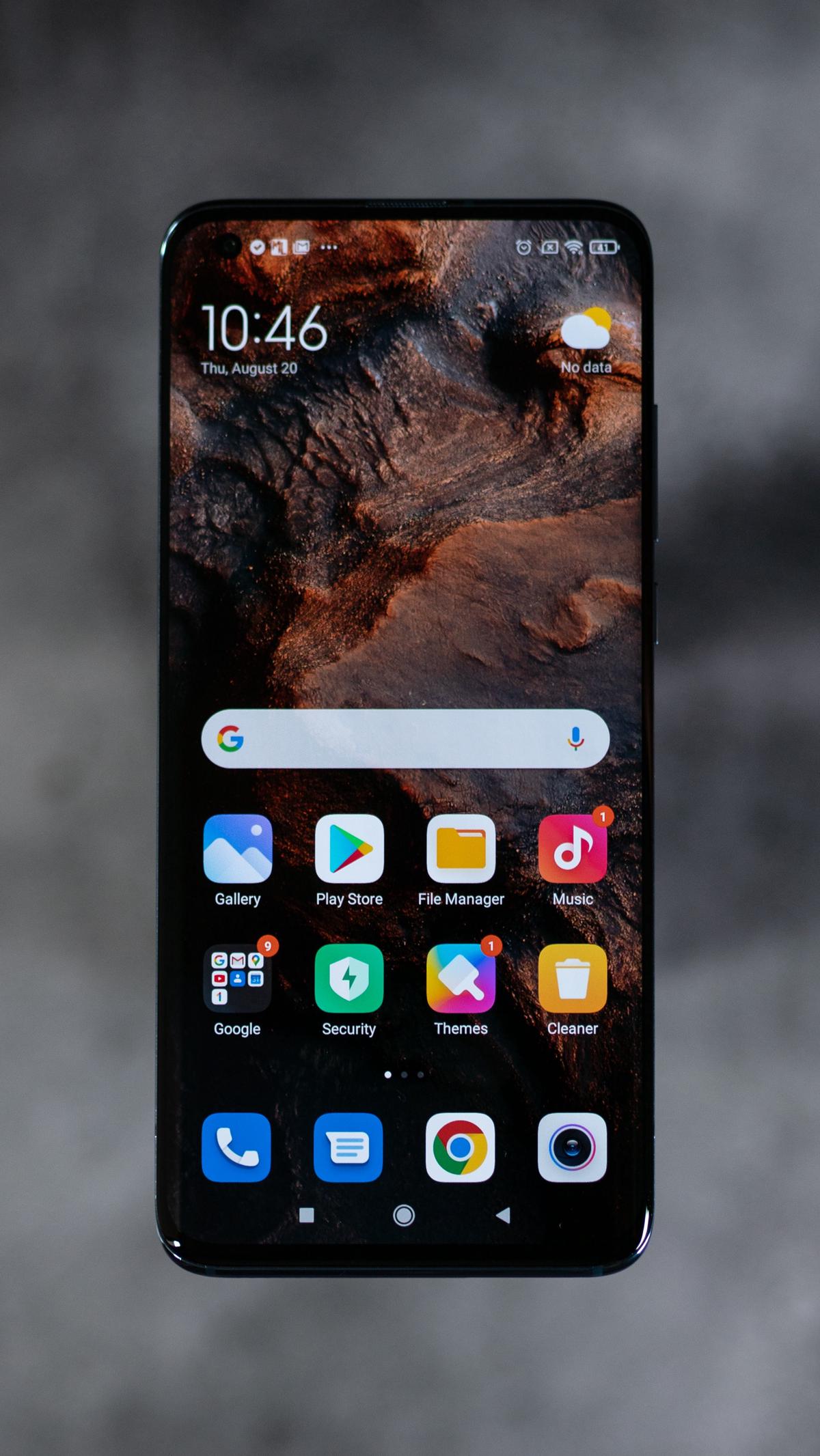Your cart is currently empty!

Eliminate Lock Screen Ads on Android
In the expansive world of mobile technology, innovations and conveniences often come with their own unique set of challenges. One such, often bothersome development is the presence of mobile ads on Android devices. These intrusions can appear in various forms, seemingly at random, and can drastically disrupt the user experience. Even more invasive are those that appear on the lock screen, possibly without your prior acknowledgment or consent. This discussion aims to increase your understanding of why these ads appear, where they originate, how to identify and trace unwanted ads, ultimately giving you the knowledge and tools to put an end to lock screen ads on your Android device.
Understand Mobile Advertising
Demystifying Mobile Advertising: How it Really Works
Are you intrigued by the tech-world buzzwords like mobile advertising? Or do you find yourself wondering how exactly mobile-based ads work their magic on potential customers? You’re not alone! As technology evolves, so does the marketing sphere, leaving many curious and even a bit perplexed. If you’re an ad-vocate of staying up to speed in the fast-paced tech world, this concise breakdown of the nuts and bolts of mobile advertising is for you.
Mobile advertising refers to the practice of displaying ads on mobile device interfaces. It is part of the digital marketing targeted towards users who access the web through smartphones, tablets, and other mobile gadgets. Whether it’s through apps, social media platforms, websites, or even SMS, these ads reach out to consumers right in the palm of their hands – literally!
The mechanics behind this novel form of advertising rely heavily on data, algorithms, and technology-based tools. Advertisers use demographic, behavioral, and geolocation data to target specific audiences. This data-driven approach ensures that the mobile advertisements are custom-tailored to appeal to the right person at the right time.
One major player in the mobile ad realm is programmatic advertising. It employs advanced algorithms and AI to automate the buying and selling of ad space, ensuring that ads reach the most receptive audiences. The process is impressively swift and nearly instantaneous, enhancing efficiency, and most importantly, maximizing return on investment.
Because mobile devices accompany users practically everywhere, location-based marketing (or geo-targeting) is another powerful strategy in the mobile advertising tool belt. It uses GPS technology to tailor ads based on users’ real-time location, capitalizing on proximity to drive in-store traffic or promote localized offerings.
Another cornerstone of mobile advertising is mobile ad formats. They come in many forms, all designed to fit within the small screen real estate. Some popular types include banner ads (small strips of advertising placed at the top or bottom of the screen), interstitial ads (full-screen ads appearing at natural transition points), and native ads (ads integrated seamlessly within the app or website they appear on).
Third-party mobile advertising platforms or ad networks act as intermediaries that link advertisers and app developers or publishers. Companies can purchase ad space from these platforms, which get displayed across various apps, thereby increasing their visibility to a broader audience.
In conclusion, mobile advertising combines the traditional principles of marketing with cutting-edge technology, weaving together data, algorithms, geo-tracking, and automated processes. It’s pioneering a new era of advertising where the mantra is “personalized, real-time, and on-the-go”. So next time you see an ad pop up on your mobile screen, remember, there’s a deeper layer of tech wizardry at play.

Photo by aaronkongsebastian on Unsplash
Identifying Unwanted Ads
Unwanted Ads on Android: Identification and Tracing Tactics
You’re nestled in your comfort zone, deep into an exciting app or simply checking the weather, when suddenly – Pop! Up comes an unsolicited ad that dampens your mood and halts your task. W ondering how you can identify and trace such intrusive ads on your Android device? Let’s delve into the process, step by step.
Understanding Unwanted Ads: The first step towards identifying intrusive ads is understanding what qualifies as one. Unwanted ads, also known as intrusive or disruptive ads, deviate from standard ad norms. They often appear abruptly, distracting from content and ruining the user experience.
Tracing Ads through Settings: Android devices come with built-in settings to help trace the origin of ads. You can long-press on an annoying ad and select ‘View ad info’. This will show the intermediary that served the ad or the source app if the ad appears within one. Additionally, Google Play’s ‘Play Protect’ feature can be used to detect apps that push unwanted ads.
Using Developer Options: Another significant aid in your ad-tracing pursuit is Android’s ‘Developer Options’. By enabling ‘Show layout bounds’, you can see where ads are loaded onto screen, which will aid in identifying any hidden elements associated with them.
Inspect with Google Play: If you notice the same ad across various apps, it’s worth checking any recently installed ones. Unfortunately, some of these apps are notorious for pushing disruptive ads to their users. The ‘My apps & games’ section in Google Play is an excellent starting point to check for suspicious apps that could be causing this.
Ad Identifiers: Android also assigns an ‘Advertising ID’, tracking user interactions with apps much like cookies track web interactions, to each user. To identify the source of intrusive ads, you could reset your Advertising ID, then trace the first few ads that pop up after the reset.
Security Apps: Lastly, antivirus or security apps can be lifesavers here. These applications, such as Avast or McAfee, have built-in adware detection and removal tools that identify disruptive apps pushing unwanted ads.
While there’s an undeniable significance of mobile advertising to businesses and audiences alike, nothing justifies ad malpractices that disturb user experience. With these tactics in hand, you are better equipped to audit, identify, and nullify intrusive ads on your Android device. Don’t let ad disruptions control your device usage; seize control and relish your digital domain in peace.

Blocking Ads
Now that you have a fundamental understanding of mobile advertising and an appreciation of how widespread and targeted it can be, let’s delve into how you can regain control and mitigate intrusive lock screen ads on your Android device.
Firstly, identifying the source of your ads is of utmost importance to successfully block them. You can do this by paying attention to when these lock screen ads appear. For instance, if they show up after you install a new app, it could well be the culprit.
Once suspicious apps are identified, you find ways to prohibit these lock screen ads. One method could be disabling the app’s notifications. This can be readily achieved through your device’s settings. You simply navigate to “Settings,” then “Apps & notifications,” select the problematic app, click “App Notifications,” and switch off the option which allows notifications on your lock screen.
Next, consider utilizing Android’s in-built advertising opt-out system as a more general solution. Google provides users with an opportunity to opt-out of personalized ad targeting. You can access this by going to “Settings”, followed by “Google”, then “Ads”, and finally enabling “Opt Out of Ads Personalization”. By doing so, although you are not entirely blocking ads, you are taking a step to reduce the number of intrusive ads seen.
However, if you are experiencing an influx of aggressive or seemingly malicious ads, it might be time to employ a security app. Apps like Malwarebytes or Avast can help scrutinize your device for adware and other unwanted software.
Last , the nuclear option would be a factory reset. If you’re at your wits’ end, you can restore your Android device to its original factory settings, effectively wiping clean any software that may be pushing unwanted ads. Remember to back up important data before embarking on this route.
Ultimately, keeping a proactive approach to installing new applications from trustworthy sources, regularly scanning your device for malware, and exercising the strategies outlined above will empower you to take control over your Android lock screen experience.
The purpose of technology is to serve and make life easier, let’s not allow obtrusive ads take any of that away. So, in the spirit of problem-solving enthusiasts in the tech world – let’s take control, one lock screen at a time.

The empowerment of users in managing the technology that serves them is a bedrock principle of the Android experience. Unwanted lock screen ads can initially seem like an inconvenient inevitability, part and parcel with the use of free applications. However, by understanding the nature and origin of these ads, you are better equipped to navigate the pathways to resolution. Whether you opt for a simple settings change, an ad-blocking application, or the eventual removal of the problem-causing apps, taking charge of your Android device experience is fully within your reach. Remember, not all advertisements are bad, they support many of the free apps we love and use daily, but having the ability to control what you see and when you see it matters.
